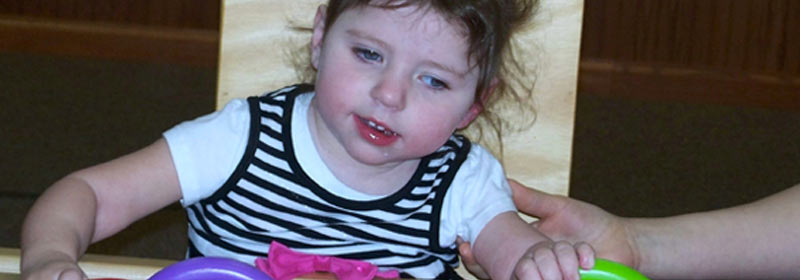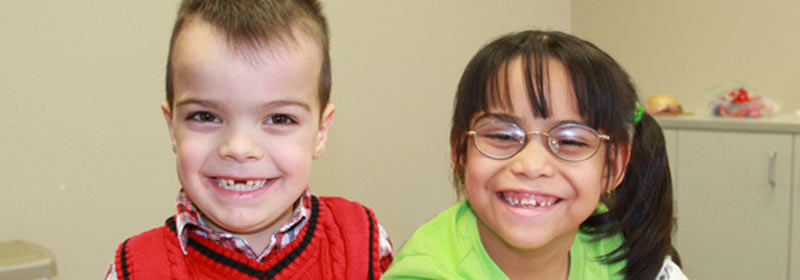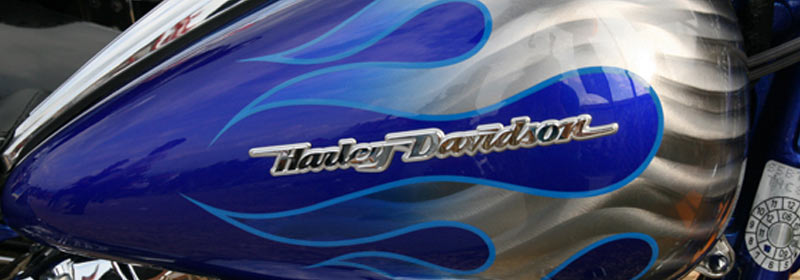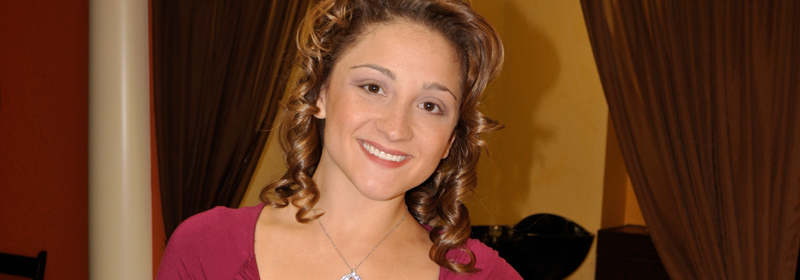Makayla was born a happy, healthy, little girl. Before, during and after birth there were no complications. Her family had no concerns or fears that Makayla’s life was to be anything but typical. However, when she was four months old, the unthinkable happened. Makayla started having seizures. Doctors ordered an MRI but couldn’t find an explanation for the seizures so she was simply put on medication in hopes of controlling the seizure activity.
One month later Makayla experienced a Grade 4 bilateral bleed that resulted in severe damage to her brain and caused her to slip into a coma. Doctors informed her family that Makayla would not survive the trauma of the brain bleed. They were told that even if, by some miracle, she was to recover, Makayla would live in a vegetative state for the rest of her life.
Thankfully, Makayla’s family got their miracle as she did come out of the coma. However, their elation was short lived as doctors informed them that Makayla would never be able to eat or breathe on her own. They went on to say that she would never be able to show emotion, speak, or even have the ability to make noise. Because of the extent of the brain damage they said that she would also be incapable of learning. She was later diagnosed with Cerebral Palsy, Intractable Epilepsy, Cortical Visual Impairment and Hydrocephalus.
The brain injury caused her to have weakness and decreased control of the left side of her body as well as severe developmental, physical, oral, vision and speech delays. Makayla endured countless scans, blood tests and genetic tests but doctors were never able to determine any cause for the brain bleed. They could not find any vascular malformation or sign of anything that might have triggered the bleed.
Since that time, doctors have tried over 10 different seizure medications in hopes of controlling Makayla’s seizures. Each medication caused her to be groggy and slowed her development. As a last resort, she was placed on a very strict Ketogenic diet to try and control seizures. Nothing worked.
Makayla’s seizures had become a daily part of her family’s lives. Her family would refrain from going out much or doing anything that could possibly overstimulate Makayla as over-stimulation seemed to lead to more seizures. On her best days, Makayla would have only 2-3 seizures a day, each lasting anywhere from 20 seconds to 4 minutes. On her worst days, Makayla would suffer a seizure every five minutes all day long. One week before Makayla and her mom left home to come to Sara’s Garden, Makayla had her longest seizure to date, a 30 minute seizure which resulted in another cerebral hemorrhage.
When Makayla’s family began researching HBOT and CE at Sara’s Garden they talked to all of her doctors and specialists in hopes of receiving positive feedback. Most didn’t know enough about either process to even offer an opinion. Unfortunately some were not on board and strongly discouraged them from doing HBOT. One specialist said that because Makayla’s seizures were uncontrolled by medication, doing HBOT could possibly make her seizures worse and more frequent. This was someone that they trusted and highly respected. Going against his advice was one of the hardest decisions they ever had to make. With a lot of prayer and faith, they decided to try.
Makayla’s first HBOT treatment was April 23rd, 2012. Her very last seizure was hours before going into the chamber. A week later, Makayla looked at her mother and held her gaze for over 20 seconds, something she had never done before. Since completing HBOT and CE at Sara’s Garden, Makayla has made huge improvements. Because her brain is no longer constantly seizing, it has time to do what it’s supposed to do: learn and develop. Her vision has improved and she is able to focus more easily. The muscle tone in her neck and core has improved. Prior to coming to Sara’s Garden, Makayla only used her left arm and leg about 20% of the time. She now is using them over 85% of the time. She can hold things in her left hand as well as transfer a toy from one hand to the other or hold her hands together. She has also been experimenting with making many new noises and sounds. She now enjoys activities that would once have overstimulated her and caused more seizures.
Makayla was not expected to live. Yet three years later, she continues to thrive and progress further than all the doctors ever thought possible! Thanks to Hyperbaric Oxygen Therapy and Conductive Education at Sara’s Garden, Makayla’s family experienced yet another miracle. She once had the muscle tone of a wet noodle and would spend most of her day coping with the ravaging effects of seizures. She can now hold her head up, sit independently with the assistance of arm splints, walk with assistance, and most importantly… Makayla has been seizure-free since the day she started treatments. Miracles never cease.
No matter what you’ve been told, there is hope… and Sara’s Garden can help you find it.











